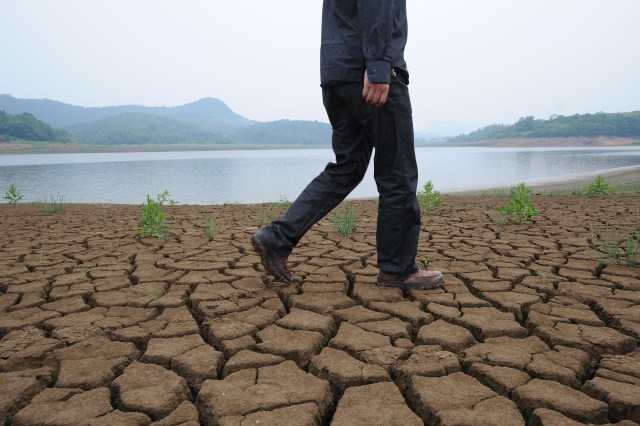OLYMPIA — Seasonal water patterns in the Pacific Northwest are changing drastically because of climate change, a U.S. National Climate Assessment report said, impacting the region’s flora, fauna and ecosystems.
The Obama administration released the third U.S. National Climate Assessment Tuesday, one of the nation’s most comprehensive list of the scientific assessment of climate change. The report was separated into each region, and underscored the need for “urgent action” in all areas of the country, because climate change was no longer a mode of the future, but in present day.
“Climate change, once considered an issue for a distant future, has moved firmly into the present,” the National Climate Assessment said, adding that the evidence of man-made climate change “continues to strengthen” and that “impacts are increasing across the country.”
The report released these climate change assessments for Washington:
- Climate: “Temperatures increased across the region from 1895 to 2011, with a regionally averaged warming of about 1.3°F. While precipitation has generally increased, trends are small as compared to natural variability.” (NCA Ch. 21: Northwest)
- Fisheries and freshwater species: “Region-wide summer temperature increases and, in certain basins, increased river flooding and winter flows and decreased summer flows, will threaten many freshwater species, particularly salmon, steelhead, and trout.Rising temperatures will increase disease and/or mortality in several iconic salmon species, especially for spring/summer Chinook and sockeye in the interior Columbia and Snake River basins.” (NCA Ch. 21: Northwest)
- Water: “Hydrologic response to climate change will depend upon the dominant form of precipitation in a particular watershed, as well as other local characteristics including elevation, aspect, geology, vegetation, and changing land use.The largest responses are expected to occur in basins with significant snow accumulation, where warming increases winter flows and advances the timing of spring melt.By 2050, snowmelt is projected to shift three to four weeks earlier than the 20th century average, and summer flows are projected to be substantially lower, even for an emissions scenario that assumes substantial emissions reductions (B1).” (NCA Ch. 21: Northwest
- Forests: “Climate change will alter Northwest forests by increasing wildfire risk and insect and tree disease outbreaks, and by forcing longer-term shifts in forest types and species. Many impacts will be driven by water deficits, which increase tree stress and mortality, tree vulnerability to insects, and fuel flammability. The cumulative effects of disturbance – and possibly interactions between insects and fires – will cause the greatest changes in Northwest forests.” (NCA Ch. 21: Northwest)
The report also released ideas for combating carbon pollution in Washington, such as investing in clean energy and improving efficiency, continuing with the president and governor’s plan of action.
Not just specific for the Northwest, the report claimed in the densely populated Northeast, flooded rail lines and other infrastructure are named as a concern if sea levels rise. The Great Plains could experience heavier droughts and heat waves with increasing frequency. And more wildfires in the West could threaten agriculture and residential communities.
WITH INFORMATION FROM CNN
Read more: http://q13fox.com/2014/05/06/report-climate-change-threatens-salmon-water-supply-in-washington/#ixzz30x7Iq9xV
Read more at http://q13fox.com/2014/05/06/report-climate-change-threatens-salmon-water-supply-in-washington/#vR0L1MFcozActQh4.99


